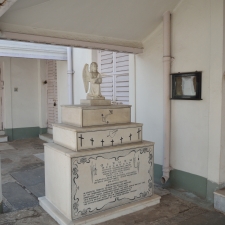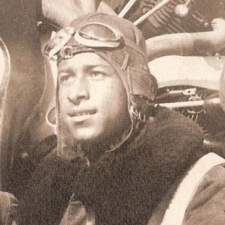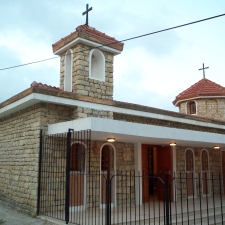Fact No. 19.
The Armenian alphabet was created in 405 AD.
One of the greatest marks of the Armenian identity is the Armenian language. The exact origins of the Armenian language, however, are a little bit obscure. Such is the case with many ancient languages. Serious scholarship starting from the 19th century has placed Armenian among the wider family of Indo-European languages, although it forms its own separate branch within that group. So the language does not have any close relatives today, even Indo-European ones, such as Spanish and Portuguese or Russian and Polish might be considered.
Armenian is also unique in its writing system. The Armenians use their own alphabet which was, by tradition, created following the studies and meditations of a monk, Mesrop Mashtots, in the early 5th century AD. Christianity had already been accepted as the national religion for a hundred years in Armenia, but the Bible was not yet available in the native language. The tradition goes that the main motivation to come up with a separate Armenian alphabet was in order to translate the Bible in such a way that would be accessible and suitable for the language and the people.
Mesrop Mashtots – who has since been venerated as a saint, as the patron of teaching and learning for Armenians – accomplished the task in the year 405 AD, thus setting the stage for a rich trove of works of religion and history, science and philosophy, illuminated manuscripts, and published books in the millennium and a half that followed, continuing on today. A major road in the capital of Armenia, Yerevan, is named for Mashtots, and one end of it is the apt location for the Matenadaran, the national repository of manuscripts which also functions as a research institute and museum.
Besides the 36 original letters (plus two more added in later centuries to accommodate foreign words), Armenian also uses different punctuation marks than the kinds that are used in Western languages. The full stop (period) looks like a colon in English – : – while the question mark is a curvy line which is placed not at the end of the sentence, but above the word in question. This is especially helpful in long sentences – “Did Mesrop Mashtots invent the Armenian alphabet in the fifth century?” is written with that mark on a different spot each time, depending on the meaning, whether it is, “Did Mesrop Mashtots invent the Armenian alphabet in the fifth century?”, or, “Did Mesrop Mashtots invent the Armenian alphabet in the fifth century?”, or, “Did Mesrop Mashtots invent the Armenian alphabet in the fifth century?”.
It is difficult to find a culture on the planet that venerates its way of writing as much as is the case with Armenians. Very commonly, Armenian homes around the world contain a framed representation of the alphabet, and not just in the nursery for the kids, but right in the living room. Decorated, adorned versions, jewelled representations made of gold, or the trchnakir tradition (Armenian letters made out of drawn shapes of birds) equally celebrate the legacy of Mesrop Mashtots alongside monumental works, such as at least two fields in Armenia of immense engraved stone sculptures carving out the 36 Armenian ABCs – one on the slopes of the highest peak, Mt. Aragats, and the other by where Mashtots himself is buried, in the village of Oshakan.
The 100 Years, 100 Facts Project will have more on the Armenian language and alphabet in the future.
References and Other Resources
1. Simon Ager. Omniglot: the online encyclopedia of writing systems & languages, “Armenian”
2. Matenadaran (in Armenian)
3. Armenian Language Resources. “Origins of Armenian Language”
4 .Unicode 6.3 Character Code Chart. “Armenian. Range: 0530–058F”
5. Wikipedia: “Armenian language”
6. Wikipedia: “Armenian alphabet”
Image Caption
An Armenian typewriter from the early 20th century; these letters are today accessible online under the Unicode standard.
Attribution and Source
By Chaojoker (Own work) [CC-BY-SA-3.0], via Wikimedia Commons
Follow us on
Recent Facts
Fact No. 100
…and the Armenian people continue to remember and to...
Fact No. 99
…as minorities in Turkey are often limited in their expression…
Fact No. 98
Armenians continue to live in Turkey…
Fact No. 97
The world’s longest aerial tramway opened in Armenia in 2010





